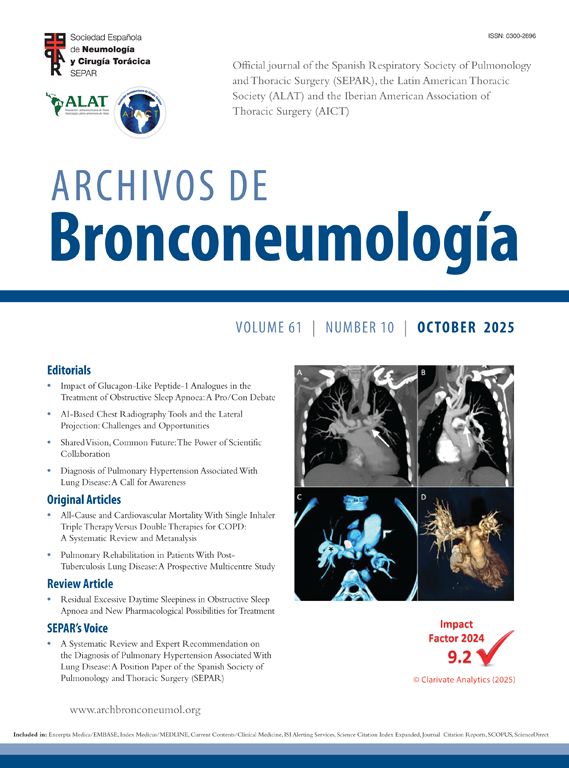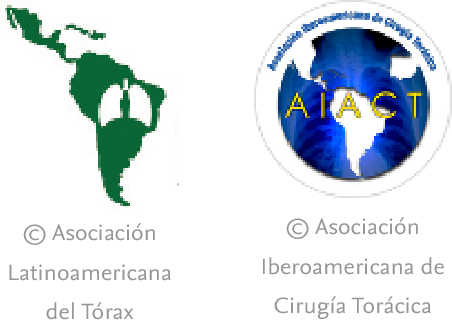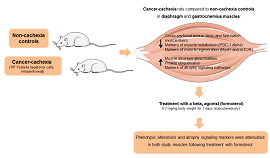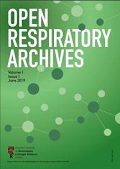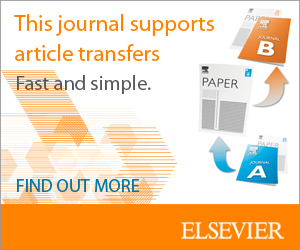A 12-month male infant was hospitalized with 5-day pyrexia (39°C) accompanied by paroxysmal cough, ineffective expectoration, mild respiratory distress, and wheezing. Diminished breath sounds over the right hemithorax with percussion dullness and bilateral wheezing were documented. Laboratory analysis revealed borderline leukocytosis (12.9×109/L), mild erythrocytopenia (2.9×1012/L), and severe hemoglobin reduction (59g/L). Thoracic imaging (Fig. 1A–C) demonstrated massive right-sided pneumo-hydrothorax causing pulmonary compression, lobar atelectasis, and mediastinal deviation. Histopathological confirmation (Fig. 1D) of Type I Pleuropulmonary Blastoma (PPB) was obtained postoperatively, defined as a rare embryonal mesenchymal neoplasm arising from pleural/parenchymal precursors with familial predisposition. Representing 15% of pediatric primary pulmonary malignancies, PPB typically manifests before age 6 (median: 3 years) without sex predilection, exhibiting non-specific symptomatology.1 The histopathological spectrum is classified into: Type I (cystic), Type II (cystic-solid), and Type III (solid lesions with fibrous stroma, proteinaceous deposits, hemorrhagic/necrotic foci).2 While Type I demonstrates favorable prognosis with potential progression risk, Types II/III are associated with poorer outcomes. Therapeutic protocols involve complete surgical excision for Type I versus multimodal therapy incorporating adjuvant chemotherapy for advanced subtypes.
Axial chest CT (A, B) and radiograph (C) demonstrated massive right-sided pneumo-hydrothorax, resulting in pulmonary compression, lobar atelectasis, and mediastinal deviation to the contralateral side. Microscopic examination with hematoxylin and eosin (H&E) staining (D) revealed cystic wall-like structures. The cyst walls exhibited loose edematous pulmonary parenchyma with vascular congestion and hemorrhage, interspersed with intestinal-type epithelial cells and primitive mesenchymal cells.
Q.L.Z. contributed to the acquisition and analysis of data; B.L.L. contributed to drafting the text and preparing the figures.
Generative AINever used any artificial intelligence tools or technologies to assist in generating the paper.
FundJiangxi Provincial Administration of Traditional Chinese Medicine, Science and Technology Program [Project No. 2023B0479].
Conflict of InterestThe authors disclose no conflicts.
We are grateful to the infants and parents who supported our study.

